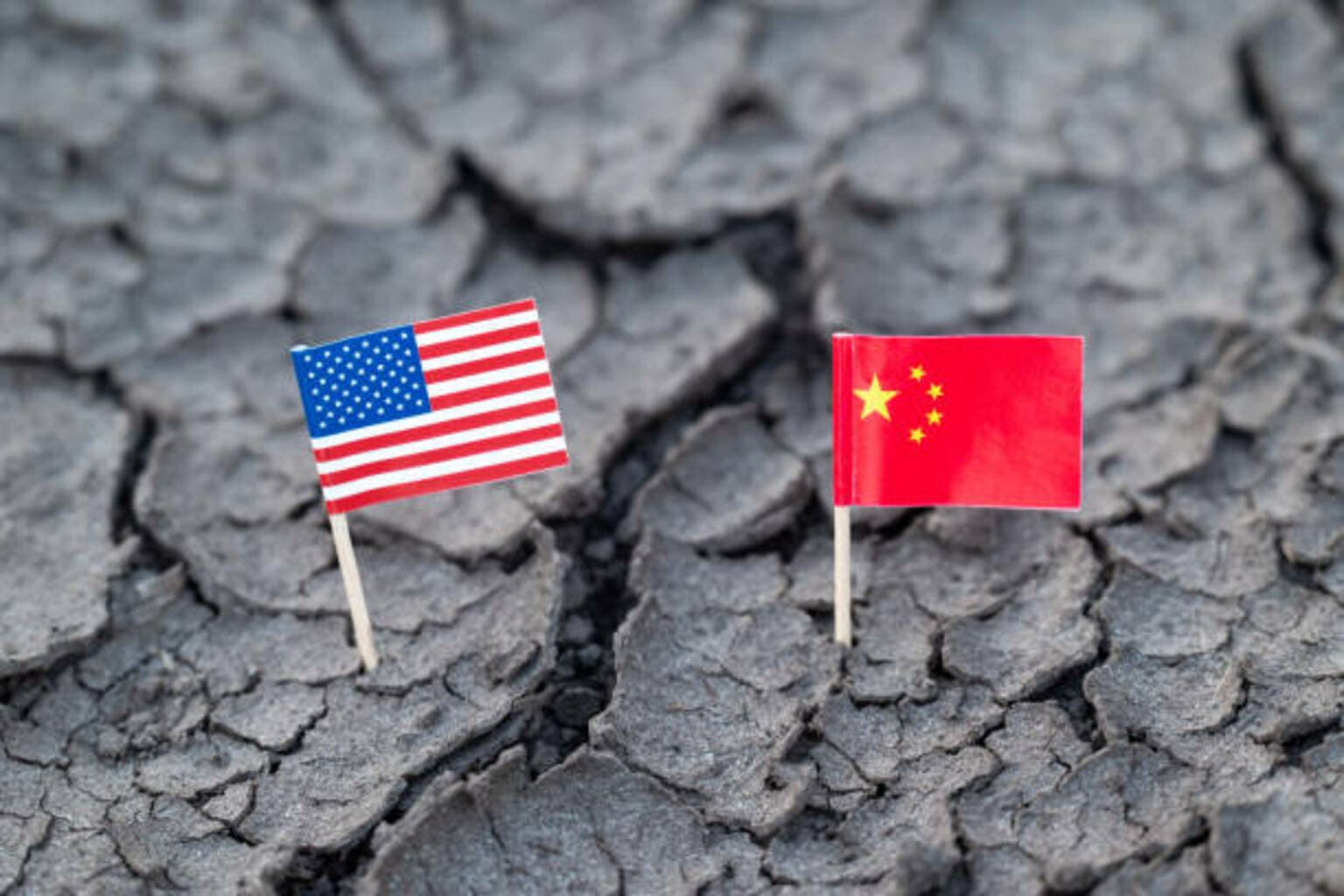Critical minerals
It’s not being publicly advertised, but access to rare earths is playing an outsized role in resurgent U.S.-China trade tensions. Following last month’s détente in Geneva, it was apparently agreed that both sides would roll back retaliatory tariffs imposed since April 2, but there has been disagreement over export controls and sector-specific levies. China appears to be keeping in place a strict approvals process on rare earths that are used in everything from commercial vehicles to military equipment, while the U.S. has increased tariffs on steel and aluminum to 50%.
Quote: “I like President XI of China, always have, and always will, but he is VERY TOUGH, AND EXTREMELY HARD TO MAKE A DEAL WITH!!!” President Trump wrote early this morning on Truth Social. It comes just days after another post that highlighted the escalating tensions. “China, perhaps not surprisingly to some, HAS TOTALLY VIOLATED ITS AGREEMENT WITH US. So much for being Mr. NICE GUY!”
Carmakers have warned of dire consequences if things don’t change quickly, with a trade group representing General Motors (GM), Toyota (TM) and other major producers recently sending a letter to the White House. “Without reliable access to these elements and magnets, automotive suppliers will be unable to produce critical automotive components,” according to the Alliance for Automotive Innovation. On the military side, rare earth magnets are included in the production of fighter jets and aerospace components like missile guidance systems, impacting firms like Raytheon (RTX) and Lockheed Martin (LMT).
What are rare earths? Despite the name, there are deposits of them all over the world (some of them are even thousands of times more abundant than gold). The term refers to a group of 17 elements that are called “rare” since it is unusual to find them in pure form or in concentrated quantities. As a result, the minerals are difficult to mine and refine profitably, while byproducts like toxic wastewater and radioactive residues have to be addressed during extraction and processing.
Outlook: China undercut world prices for rare earths in the 1990s, resulting in heavy barriers to entry and putting pressure on upcoming challengers. Hopes of U.S. companies looking to break into the industry have also been dashed in the past due to strict environmental regulations, leading China to gain a 90% share of the world’s refining capacity. It could take 5-10 years for any serious American production to get off the ground, and it’s another reason why the Trump administration has made rare earths a prominent theme during negotiations with Ukraine and its play for Greenland.
Read the full article here











